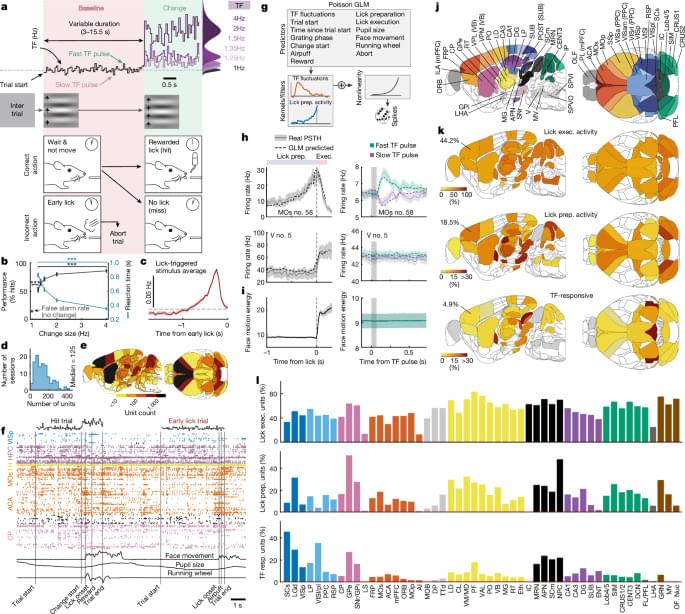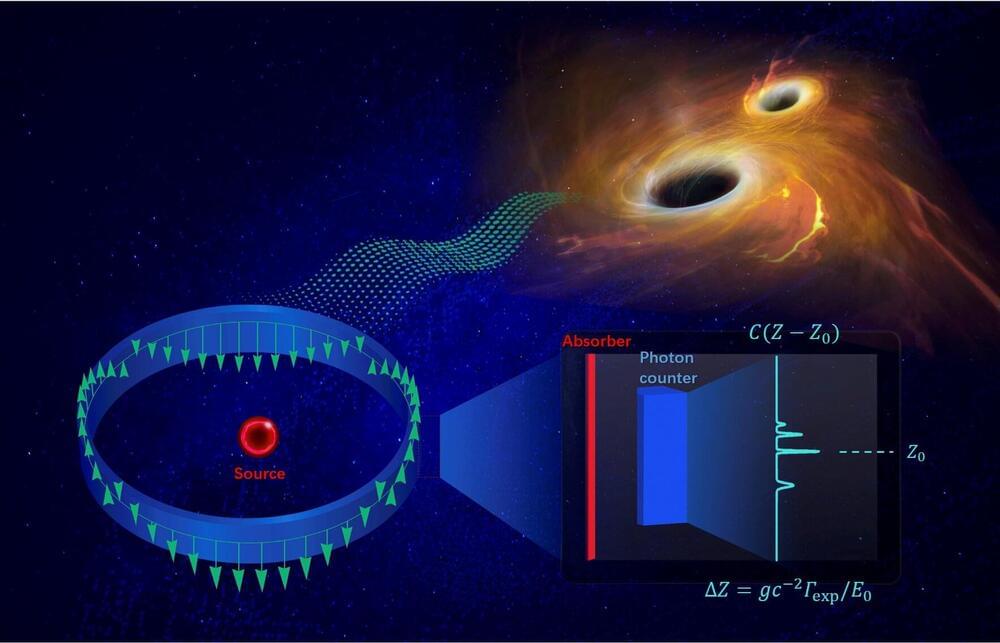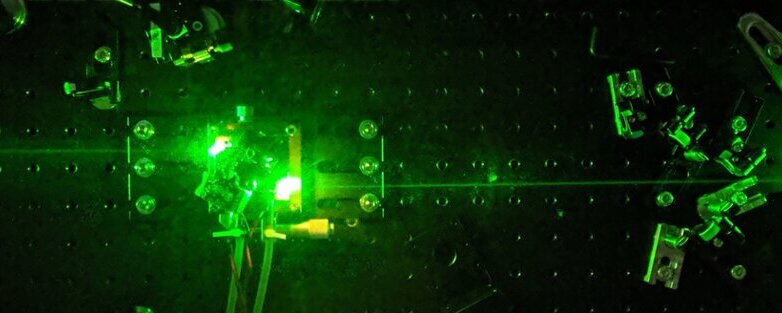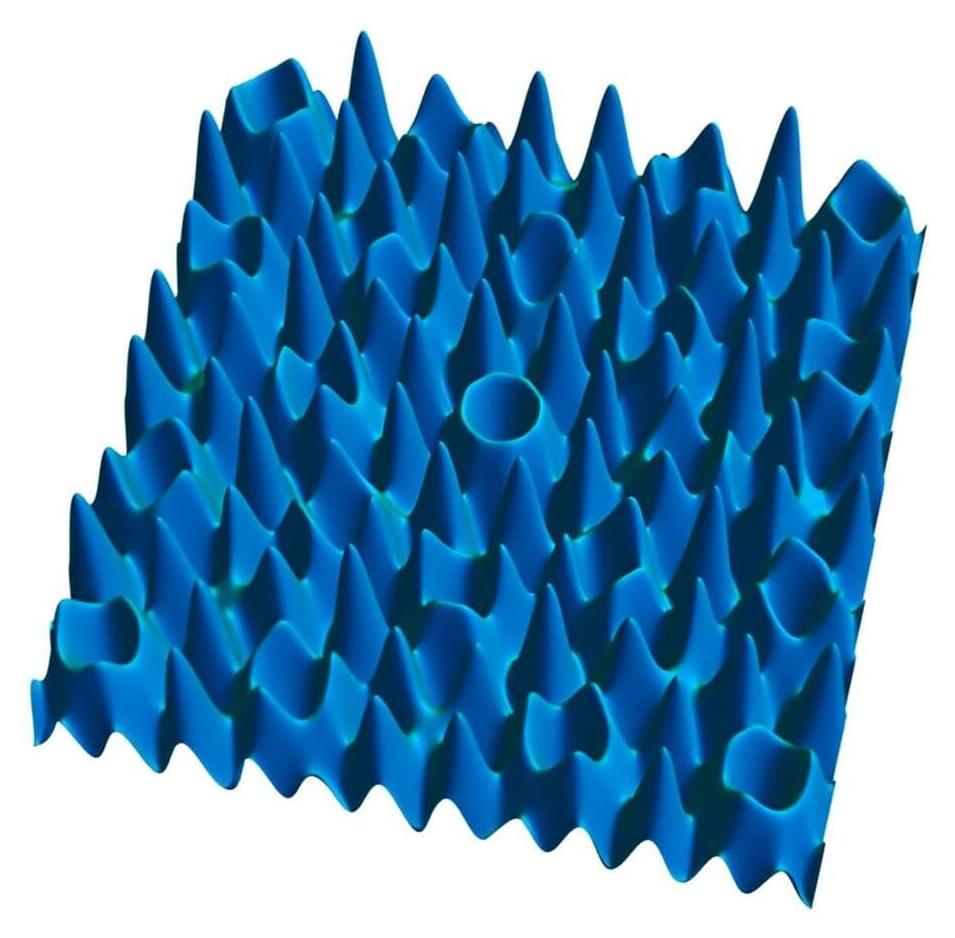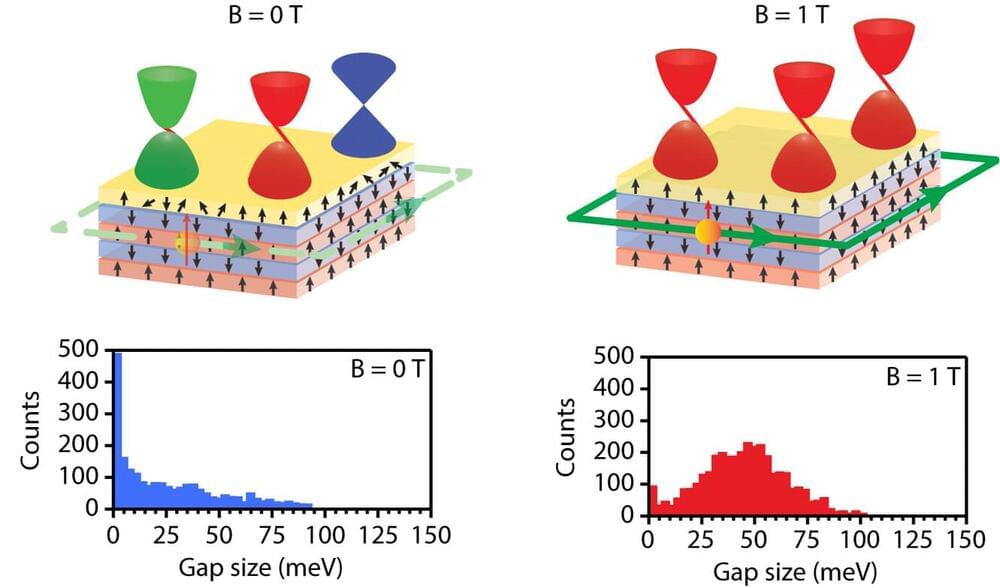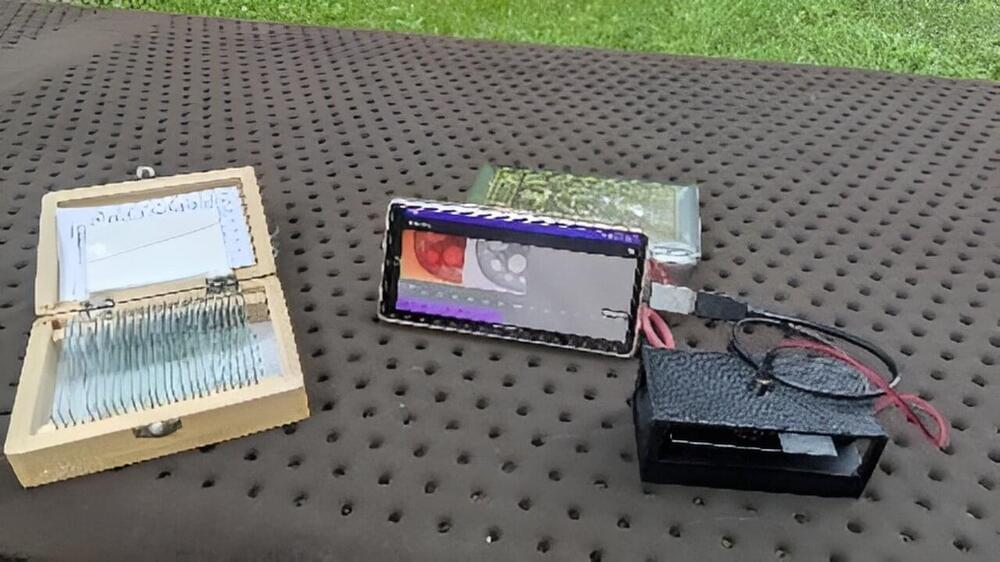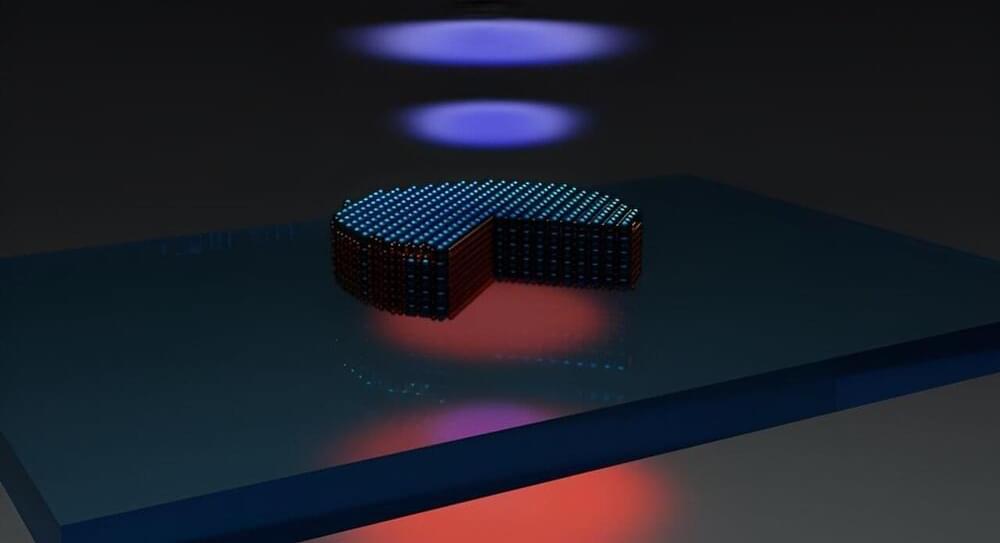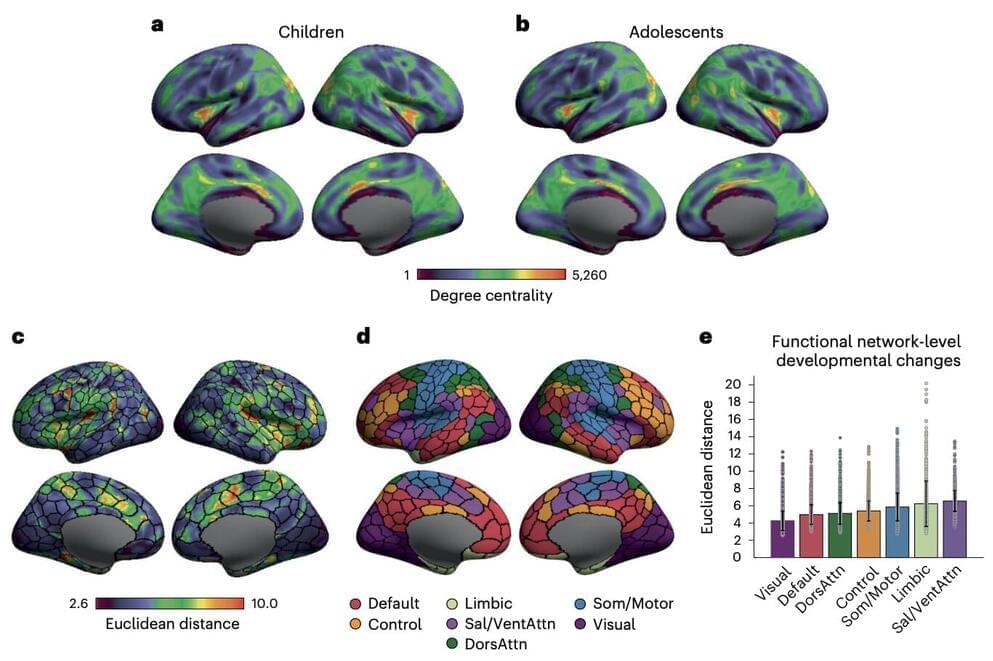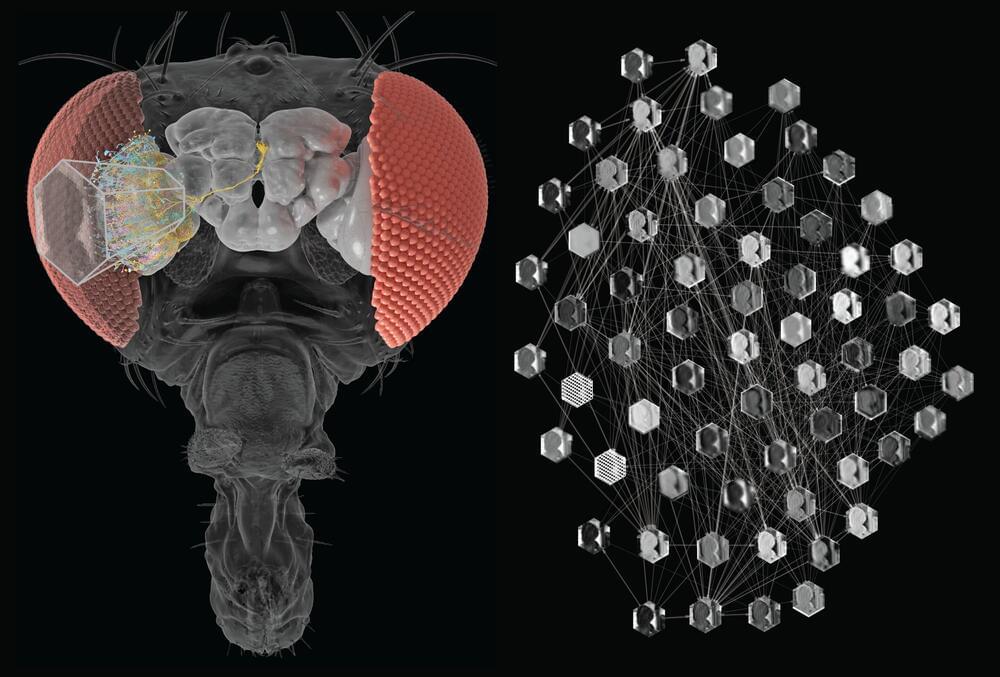Researchers at SWC have mapped how the brain transforms sensations into action.
Read the story: https://sainsburywellcome.org/web/research-news/brain-wide-d…discovered.
Full paper in https://nature.com/articles/s41586-024-07908-w.
This study explores how the brain connects…
Brain-wide recordings in mice show that learning leads to sensory evidence integration in many brain areas simultaneously, allowing sensory input to drive global movement preparatory dynamics, which collapse upon movement onset.
